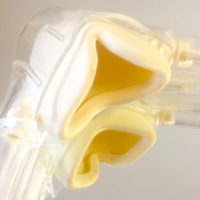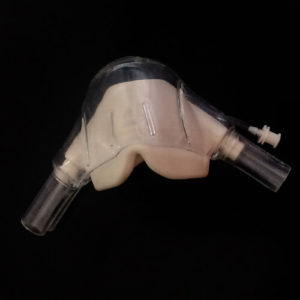IV Sedation Courses for Dentists and More

Medical sedation has been used for hundreds of years and in different ways and that includes on a dental procedure. In the field of dentistry, IV sedation courses for dentists are offered in various schools for the provider to learn more about another anesthetic method. As stated by a dentist near Sunbury, dental sedation can help the patient allay anxiety and fear.
Talking about allaying fear and anxiety, be informed that this can also be done through other methods. These include:
- The dental provider who can promote therapeutic communication – A provider with this skill can be very effective in promoting relaxation to the patient. With this, the dentist can carefully listen to the patient, promotes acceptance and does not judge the patient. Most importantly, the dentist must give full reassurance that he or she is in control during the entire procedure.
- Oral sedation – As stated, this is a form of sedative that’s taken orally an hour before the dental procedure has taken place. Just like IV sedation, it functions to calm the anxious patient. Be informed that this can be taken without the need of local anesthesia or nitrous oxide.
- IV sedation – There are cases when oral sedation is not enough to calm the patient down. Therefore, the dentist would then recommend IV sedation to make sure that the dental treatment would be executed. This is where the sedative is administered intravenously using a small needle injected to a vein. Not all dentists can perform this procedure though. That’s why a lot of dental professionals undergo IV sedation courses to upgrade their credentials.
IV Sedation vs General Anesthesia
A lot of people believe that IV sedation and general anesthesia are the same, or at least similar to one another. But they’re not.
General anesthesia totally puts you to sleep that you cannot even be aroused even by a painful stimulation. With this method, adding support for breathing is required and it can also change your heart rate and other functions that support life. That’s why there should be a licensed anesthesiologist when general anesthesia will be administered to the patient.
On the other hand, you’re not asleep when IV sedation is administered. You’re more like in a semi-awake state which alleviates anxiety but in a more comfortable manner. Since the sedation has an amnesic effect, you will most likely not remember anything during the procedure.
Unlike general anesthesia, IV sedation still enables you to respond to verbal commands or physical touch. Most importantly, you don’t need further medical assistance to support your heart rate and breathing.
You need to follow a series of steps though before undergoing IV sedation. First, a dental exam is required. Before the administration, it’s important that you don’t drink or eat anything after midnight. Don’t wear contact lenses or any appliances and wear comfy clothes.
Once the procedure is done, post-treatment instructions will be given and should be strictly followed. Make sure the numbness has completely subsided before going back to your usual diet. Drink lots of water as well.


